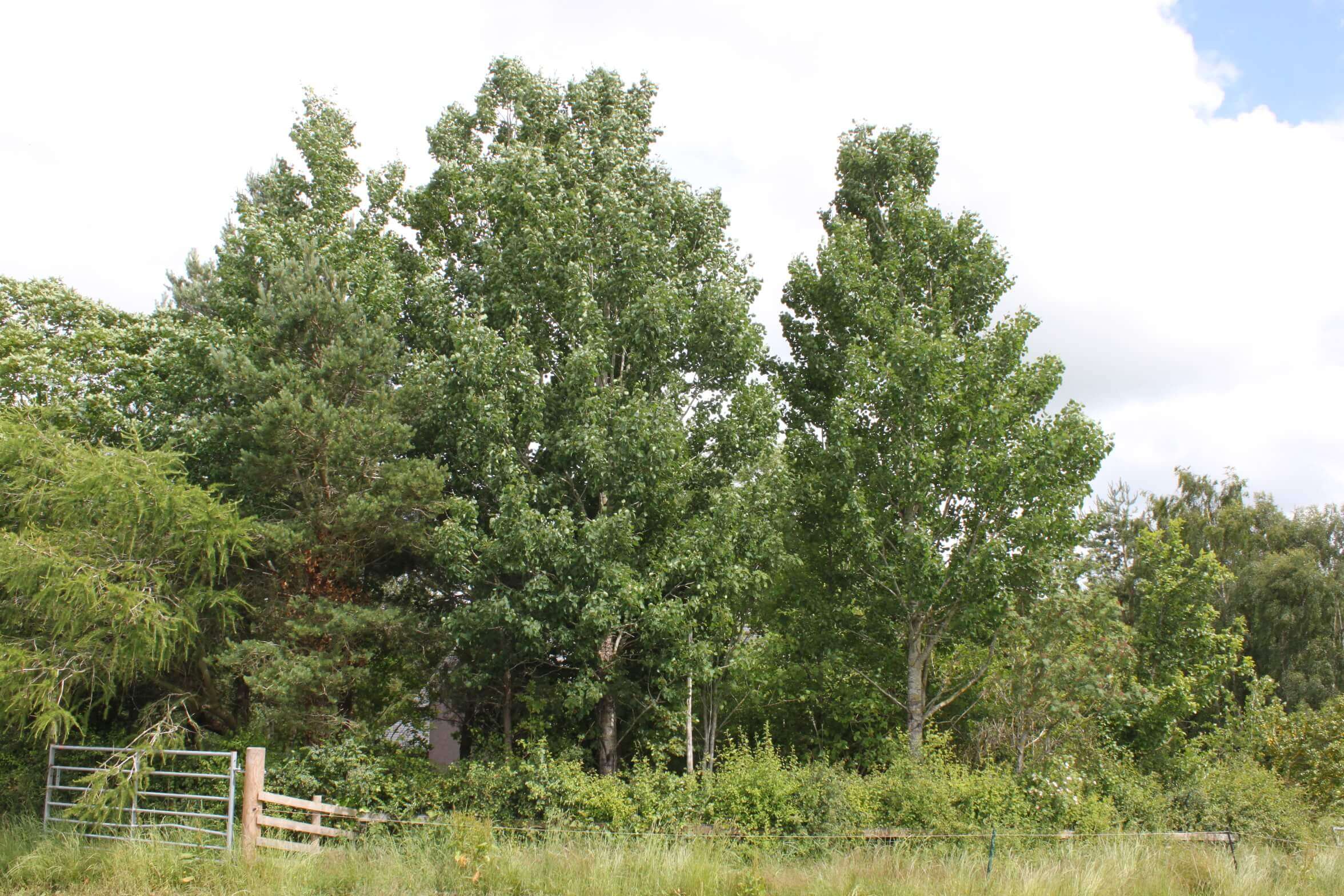Latest News
The Untapped Potential of AspenDespite aspen’s potential to partner and counterfoil Sitka spruce, it is still rarely used by commercial forestry enterprises. Here Jim Knight, Landscape and Environment Advisor to Forest Direct Ltd, explores its potential and explains why Forest Direct is investing in its sustainability and committing to planting more aspen in 2021/2022.
Aspen, formally known as Populus tremula, is a fascinating but underused native tree. In the right location, it is incredibly vigorous and supports a wide variety of wildlife species. It is also highly palatable, which may help to explain its rarity in the natural environment. Along with its American cousin (Populus tremuloides), aspen has an extensive distribution in the northern hemisphere and is often associated with conifer forests. It can grow in soils with low nutrient levels and is able to fix nitrogen through its root associations to the benefit of other plants nearby.
Commercial forestry needs to diversify, and Forest Direct believes that aspen has great potential in its own right and as a potential partner and counterfoil for Sitka spruce. However, sources of supply and genetic diversity can be a problem as aspen does not set seed as reliably as many other species.
Pioneering work by social enterprise Eadha Enterprises is securing a sustainable source of aspen from within Scotland. Forest Direct has placed an order with Eadha Enterprises for 15,000 trees to be planted in 2021/22 across the South of Scotland and North of England, and we look forward to sharing our progress with you as we get more aspen in the ground.

So what do we know about aspen?
- Aspen forms clonal stands of trees linked by underground roots. One of the largest living organisms in the world is thought to be a clonal stand of aspen covering 106 acres in North America.
- Aspen clones are either male or female, meaning it is a dioecious type of tree.
- Aspen is the favourite food source for beavers – a re-established native animal and notable ecosystem engineer. An association of aspen and beaver habitat along watercourses has the potential to enhance natural flood management.
- Aside from being a beautiful deciduous tree, aspen produces lightweight but strong timber with many uses, such as internal cladding, construction, carcassing and packaging. Aspen has long been used for particle board (Aspenite) and in papermaking. It is popular for constructing saunas because its timber does not conduct heat or splinter and can be safely used for animal bedding.
- Aspen coppices and pollards naturally. Due to its fast early growth, it is a good candidate for Short Rotation Forestry.
- The aspen hoverfly is a priority species for conservation in Scotland. Its larvae feed on dead aspen wood.
- Aspen has probably suffered more from deforestation than any other native tree in Scotland.
- The Gaelic word for aspen is Eadha.
If you are interested in finding out more about aspen and how it could form part of your woodland creation or woodland enhancement plan, please get in touch.
